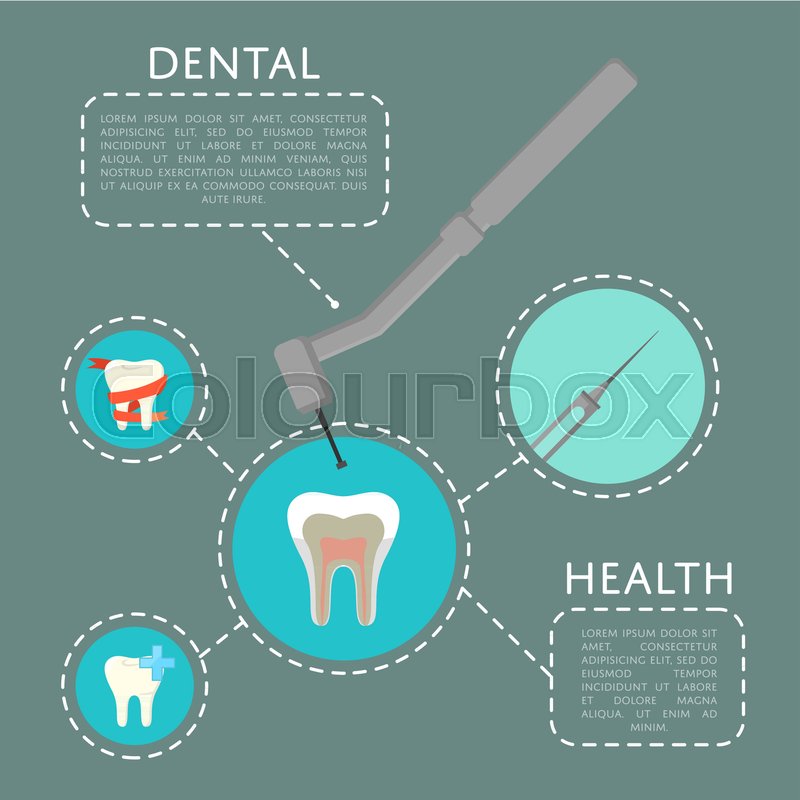The Development Of Oral Surgery: Cutting-Edge Innovations And Advancements Influencing The Area
The Development Of Oral Surgery: Cutting-Edge Innovations And Advancements Influencing The Area
Blog Article
Content Composed By-Demir Terrell
Welcome to the world of dental surgery, where technologies and advancements are forming the future of the field! In this amazing world, you'll witness the transformative power of robotics, the advanced marvel of 3D printing, and the game-changing influence of minimally invasive methods.
The future of dental surgery holds a promise of precision, efficiency, and enhanced client results. With the help of advanced robotics, doctors are able to perform complex procedures with better precision and control.
3D printing innovation is changing the production of oral implants and prosthetics, offering tailored options that fit effortlessly right into each patient's one-of-a-kind anatomy.
Additionally, minimally intrusive techniques are lowering post-operative discomfort and healing time, permitting clients to return to their every day lives earlier.
Prepare https://allon6dentalimplantscost17284.wizzardsblog.com/32961466/sedation-dentistry-enhancing-individual-comfort-and-lowering-anxiety-in-the-dental-chair to check out the amazing innovations and advancements that are improving the landscape of oral surgery!
Innovations in Robotics
One major innovation in oral surgery is using robotic technology, which enables accurate and reliable procedures. With the help of robotic systems, dental specialists have the capability to carry out intricate surgical treatments with enhanced accuracy, reducing the risk of human error.
These robot systems are furnished with sophisticated imaging modern technology and specific tools that enable cosmetic surgeons to navigate via detailed physiological structures with ease. By making use of robotic innovation, specialists can accomplish higher surgical precision, resulting in enhanced client end results and faster healing times.
In addition, making use of robotics in dental surgery allows for minimally invasive treatments, lowering the injury to bordering cells and promoting faster recovery.
3D Printing in Dental Surgery
To enhance the area of oral surgery, you can discover the subtopic of 3D printing in dental surgery. https://www.usatoday.com/story/news/nation-now/2015/06/16/teen-dead-wisdom-teeth-extraction/28838695/ has the possible to transform the method oral surgeons operate and deal with clients. Below are 4 essential methods which 3D printing is forming the field:
- ** Custom-made Surgical Guides **: 3D printing enables the production of very exact and patient-specific medical overviews, enhancing the accuracy and effectiveness of procedures.
- ** Implant Prosthetics **: With 3D printing, oral specialists can create tailored dental implant prosthetics that flawlessly fit a person's special anatomy, resulting in far better end results and person satisfaction.
- ** Bone Grafting **: 3D printing enables the manufacturing of patient-specific bone grafts, decreasing the demand for conventional grafting strategies and enhancing recovery and recuperation time.
- ** Education and learning and Training **: 3D printing can be made use of to create sensible medical versions for instructional purposes, enabling dental doctors to exercise complicated procedures prior to performing them on people.
With its potential to enhance accuracy, customization, and training, 3D printing is an amazing development in the field of oral surgery.
Minimally Intrusive Strategies
To better advance the field of oral surgery, accept the potential of minimally intrusive techniques that can considerably profit both surgeons and patients alike.
Minimally invasive strategies are reinventing the field by reducing medical trauma, reducing post-operative discomfort, and speeding up the healing process. These techniques include utilizing smaller incisions and specialized instruments to perform treatments with accuracy and effectiveness.
By utilizing innovative imaging technology, such as cone light beam calculated tomography (CBCT), surgeons can precisely plan and carry out surgical procedures with very little invasiveness.
In addition, the use of lasers in dental surgery permits exact cells cutting and coagulation, resulting in decreased blood loss and reduced recovery time.
With minimally intrusive techniques, clients can experience quicker recovery, reduced scarring, and boosted results, making it a vital aspect of the future of dental surgery.
Conclusion
So, as you can see, the future of dental surgery is incredibly encouraging, with exciting developments and breakthroughs shaping the field.
From the developments in robotics to making use of 3D printing and minimally invasive techniques, oral doctors are changing the method they give treatment.
While some may bother with the prospective expense connected with these advancements, it is necessary to remember that these modern technologies ultimately boost person results and minimize recovery time, making them well worth the investment in the future.
